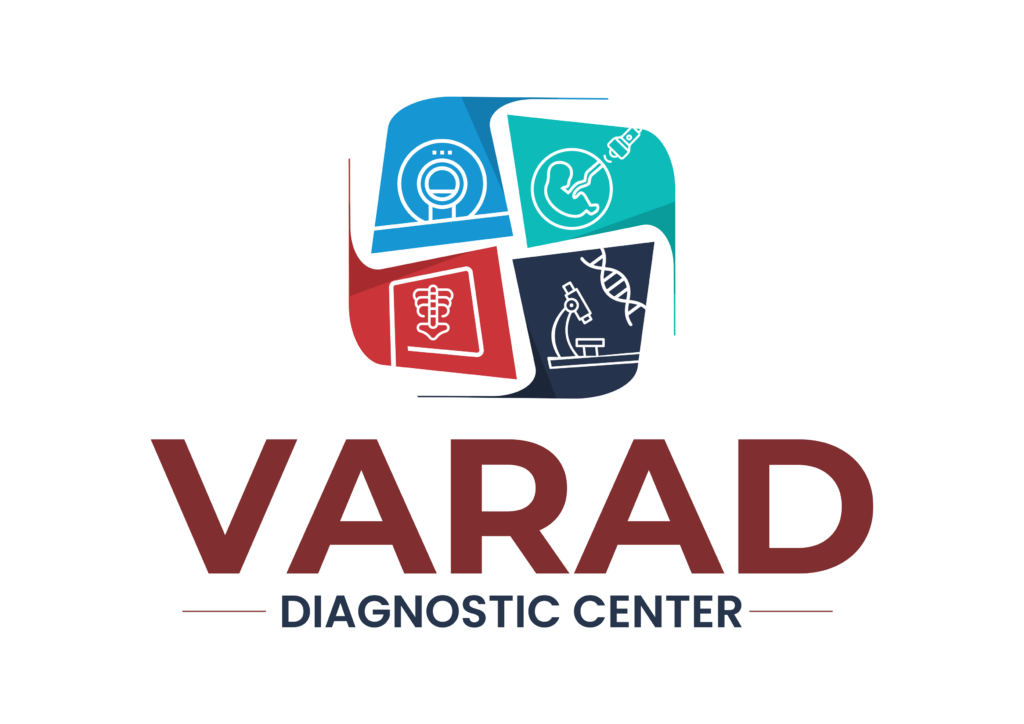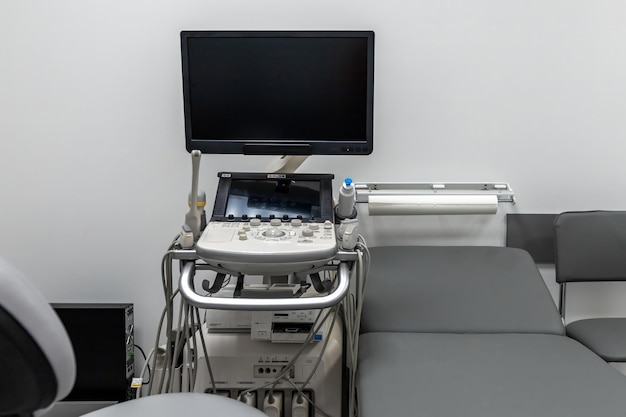Ever wondered about the magical technology doctors use to see your body’s insides? The Color Doppler Ultrasound might be what you’re thinking of—an incredible tool in modern medicine! But what is color Doppler ultrasound used for? Simply put, it’s used to visualize blood flow through vessels, assisting with diagnosing various conditions. Quick and non-invasive, it helps doctors see what’s happening inside without needing anything more than gentle sound waves.
Understanding Color Doppler Ultrasound
Let’s begin with the basics. A standard ultrasound uses sound waves to create images of structures inside the body. However, Color Doppler Ultrasound takes it a step further. It adds color to the images, showing how blood flows through vessels. This helps doctors see if blood is moving slower or faster than normal, or if there’s a blockage.
The science behind Color Doppler Ultrasound is fascinating. It involves sound waves bouncing off blood cells moving within the vessels. The variations in these sound waves create colorful images that depict the flow’s speed and direction. This method is both safe and accurate.
Doctors use this technology for many reasons, particularly for Color Doppler Ultrasound indications like checking for clots or blockages. It’s significant in diagnosing heart diseases, as it can highlight abnormalities in blood flow to and from the heart.
Color Doppler Ultrasound in pregnancy is another area where it shines. During pregnancy, it helps examine the blood flow in the umbilical cord or placenta to ensure the baby is getting enough oxygen and nutrients. This makes it a key component in prenatal care, ensuring both the mother and baby’s health.
Why Choose Color Doppler Ultrasound?
Switching gears, you may wonder why opt for Color Doppler Ultrasound over other procedures. One main appeal is its non-invasiveness—no needles or surgeries required, just sound waves doing their thing!
Some Color Doppler Ultrasound benefits include: – Rapid results: Images are available almost immediately. – Safe: Since it uses sound instead of radiation, it’s safe for everyone, including pregnant women. – Comprehensive: It provides more detail about blood flow compared to a regular ultrasound.
Beyond these perks, this technology has unique applications. Color Doppler Ultrasound indications cover a variety of conditions. Doctors use it to look for blockages in arteries and veins, ensuring a clear path for blood circulation. It’s also instrumental when diagnosing heart-related issues, as it affords an unparalleled view into our circulatory system.
In prenatal care, color Doppler ultrasound in pregnancy offers reassurance during a critical time. It checks that everything’s functioning well and the baby is developing just right. By assessing blood flow, doctors can monitor and manage potential risks early.
Moreover, this ultrasound plays well with others. It complements other diagnostic tools to give a full picture of what’s happening inside the body. Paired with traditional imaging methods, it offers a detailed and comprehensive understanding of a patient’s condition.
What to Expect During Your Appointment
First off, don’t worry! If you need a Color Doppler Ultrasound, know it’s a comfortable and straightforward process.
Here’s a simple guide of what happens: 1. Arrival: You’ll check-in and likely be given a hospital gown to wear during the session. 2. Preparation: A technician will apply a special gel to the area being examined. The gel helps the sound waves travel better. 3. Procedure: A small device, called a transducer, is moved over your skin. It sends and receives sound waves, which are turned into images on a screen. 4. Completion: Once done, the gel is wiped off and you’re free to go.
There’s virtually no preparation needed. However, if your exam focuses on the abdomen, you might be asked not to eat beforehand.
Feeling anxious? Don’t be. The procedure is painless and usually over within 30–60 minutes. By then, you’ll be out the door and back to your regular activities!
Conclusion
In closing, knowing what is color Doppler ultrasound used for opens a window into its many benefits. This invaluable tool offers insights without being invasive. From heart checks to color Doppler ultrasound in pregnancy, its versatility is remarkable. Considering its wide application and ease, it’s no wonder doctors turn to it so frequently. If your provider suggests this test, know you’re in good hands and taking a step towards better health!

